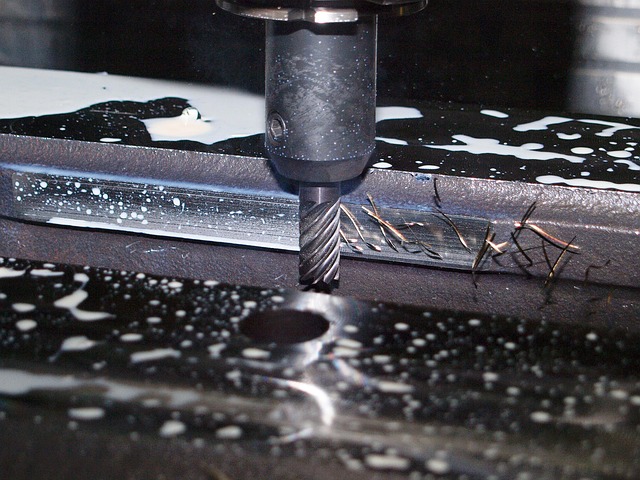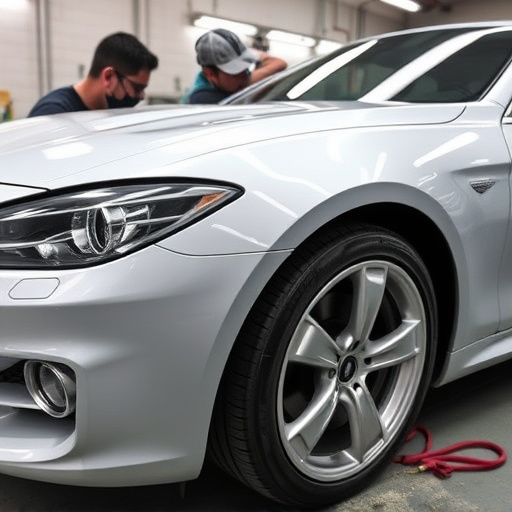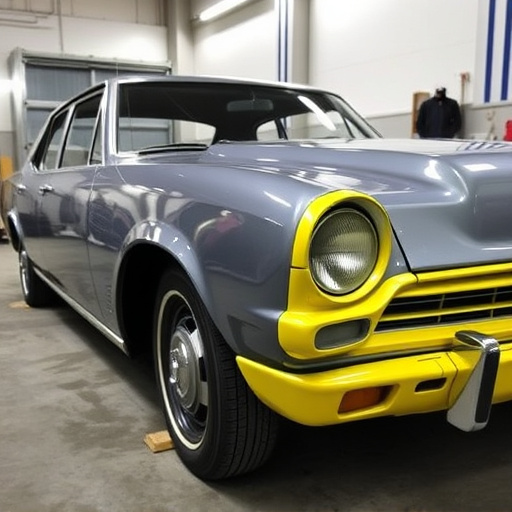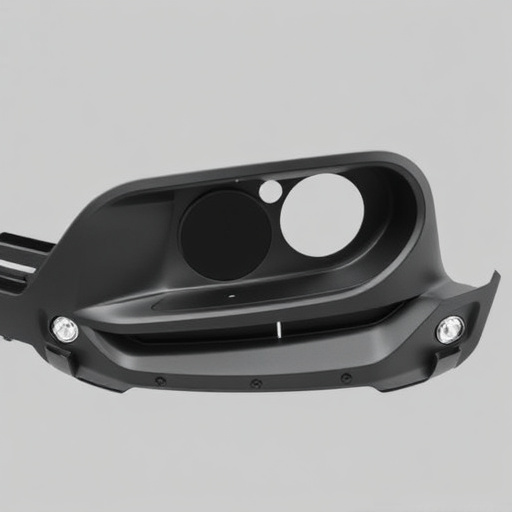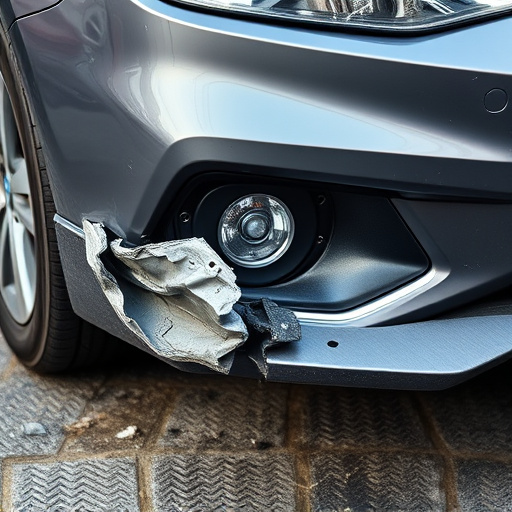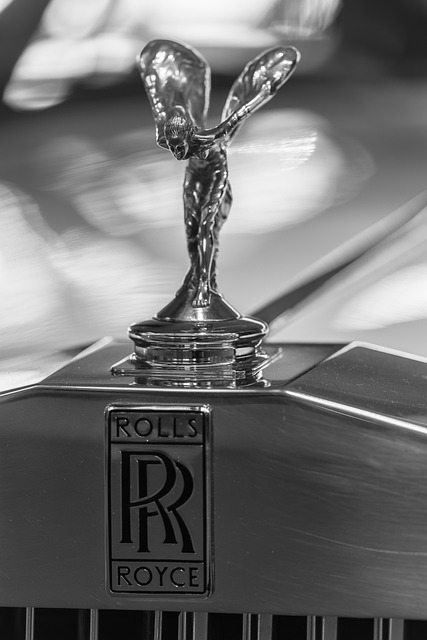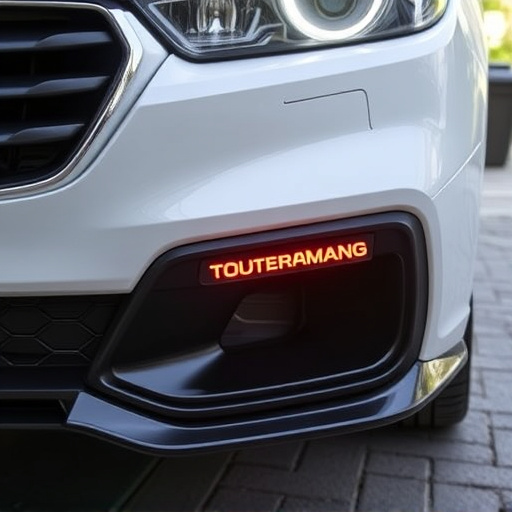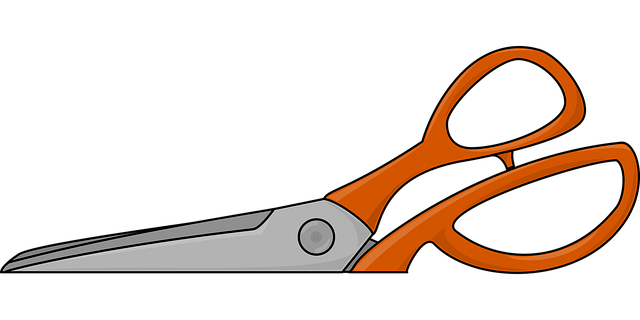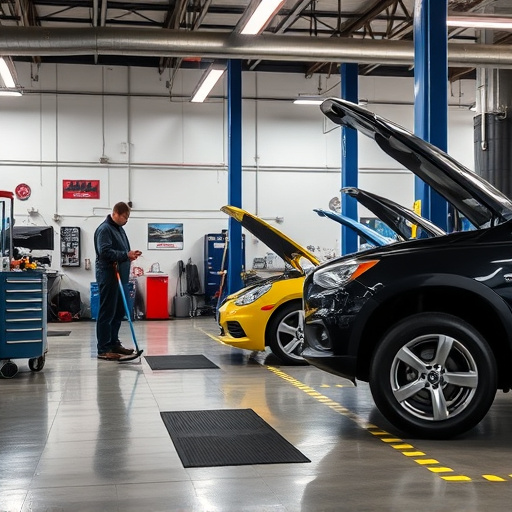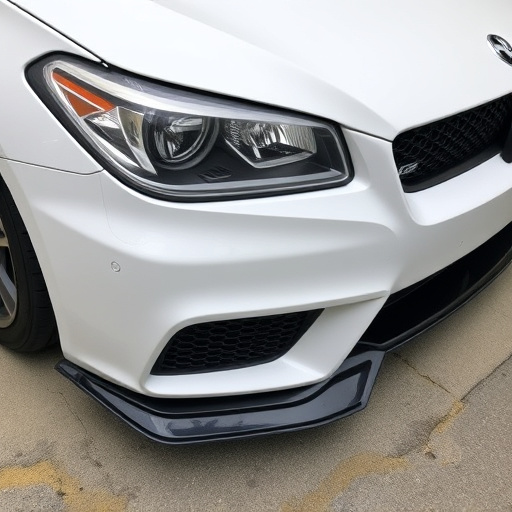Sectioning procedures are vital in automotive repair, enabling technicians to separate damaged body parts while preserving intact areas for reuse. This meticulous process ensures structural integrity, facilitates damage assessment, and promotes the integration of original equipment manufacturer (OEM) parts. By adhering to best practices, including proper tools, safety protocols, and workspace maintenance, auto body experts can enhance vehicle safety, performance, and lifespan, making sectioning an indispensable practice within the industry for restoring vehicles to their pre-accident condition.
Sectioning procedures are essential techniques used in automotive repair to preserve and restore vehicle structural integrity. This article delves into the intricate world of sectioning, providing a comprehensive overview of its fundamental aspects and significant role in maintaining vehicle stability. We explore best practices for implementing safe sectioning techniques, ensuring that car enthusiasts and professionals alike gain valuable insights into this critical process. Understanding sectioning procedures is paramount for anyone seeking to preserve the structural integrity of modern vehicles.
- Understanding Sectioning Procedures: A Basic Overview
- The Role of Sectioning in Preserving Vehicle Structure
- Best Practices for Implementing Safe Sectioning Techniques
Understanding Sectioning Procedures: A Basic Overview

Sectioning procedures are a critical component of automotive repair, particularly when it comes to preserving and restoring vehicle structural integrity. This involves carefully cutting and separating damaged or deteriorated sections of a car body, allowing for the removal of compromised components while retaining intact areas that can be salvaged and reused. By employing these precise techniques, auto body repair experts can ensure that repairs are not only structurally sound but also aesthetically coherent, maintaining the overall quality and value of the vehicle.
Understanding sectioning procedures requires recognizing their multifaceted benefits in car body repair. It enables technicians to access hidden or internal damage that might otherwise go unnoticed, facilitating comprehensive assessments. Moreover, it facilitates the use of original equipment manufacturer (OEM) parts, ensuring that replacement sections seamlessly integrate with the existing vehicle structure. This meticulous approach not only enhances the safety and performance of the vehicle but also extends its lifespan, making it an indispensable practice in the automotive repair industry.
The Role of Sectioning in Preserving Vehicle Structure

The role of sectioning procedures is pivotal in preserving the structural integrity of vehicles, particularly after accidents or damage. These advanced techniques involve carefully cutting and separating specific sections of a vehicle’s body to restore it to its original condition. By isolating and repairing damaged areas while maintaining the overall structural framework, sectioning procedures ensure the vehicle retains its strength and safety standards. This meticulous approach is a cornerstone of professional body shop services, enabling collision repair centers to deliver high-quality repairs that meet or exceed manufacturer specifications.
Sectioning allows technicians to access and fix hidden or internal damage that might otherwise go unnoticed. It also facilitates the use of original equipment parts, ensuring that every component aligns perfectly with the vehicle’s design. Consequently, vehicles undergoing sectioning procedures emerge as good as new, showcasing not just cosmetic enhancements but also structural integrity restored through expert craftsmanship and specialized body shop services.
Best Practices for Implementing Safe Sectioning Techniques
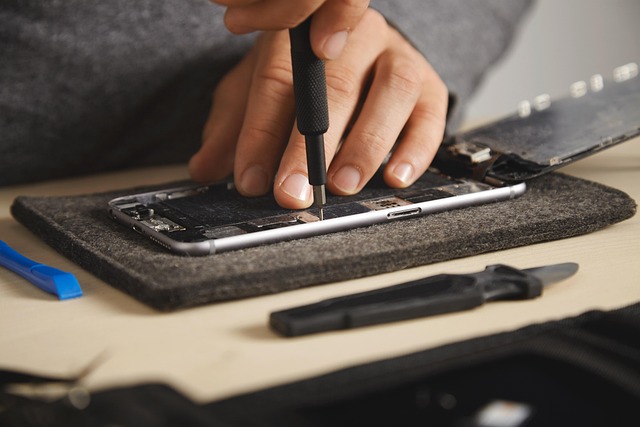
Implementing safe sectioning techniques is paramount to preserving a vehicle’s structural integrity during repairs. Best practices begin with meticulous planning and preparation. This includes assessing the extent of damage, identifying critical structural components, and selecting suitable tools tailored for specific tasks. Using specialized equipment designed for controlled cutting and separation ensures accuracy and minimizes damage to surrounding areas.
Car body shops should prioritize proper techniques like hydro-mechanical separation or laser cutting for complex jobs. For simpler repairs, such as fender repair, manual tools like air chisels and grinders can be effective when operators are adequately trained. Regular maintenance of equipment, adherence to safety protocols, and ensuring a clean workspace contribute significantly to the success of sectioning procedures. Auto body painting later benefits from this meticulous approach, resulting in high-quality finishes that restore vehicles to their pre-accident condition.
Sectioning procedures play a pivotal role in preserving the structural integrity of vehicles, ensuring they remain safe and functional. By carefully implementing these techniques, automotive professionals can effectively manage damage, simplify repairs, and maintain the overall strength of vehicle components. Understanding and adhering to best practices for sectioning is key to achieving optimal results, enhancing safety, and minimizing potential risks during the repair process.
